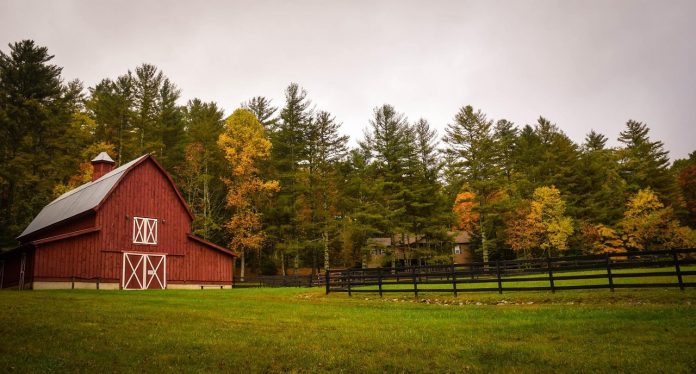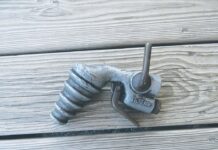Small acreage farms can be found in every corner of Medina County. We are very happy to see individuals wanting to instill the family values and work ethic that are difficult to emulate off the farm.
General questions
The Medina County Soil and Water Conservation District (SWCD) believes that starts with you asking yourself some questions that you may have not considered.
Consider these questions: What are your goals and interests? What are the costs of getting started? What background do you have? What subjects do you eed to study? What will your labor input be? What safety protocols will you need to incorporate?
One of the best ways to learn is to get your hands dirty and do it yourself. There will be a lot of that as your farm progresses. However, the financial aspect is not a place you want to enact this technique of learning; it will pay to have a business plan to follow. Learning by doing is very difficult when mistakes could mean a loss in product, profits or life.
Before you plan anything, things to consider might include: What are your soil types? Do you need a soil test? Does your property often sit saturated? Is your property wooded? Does your property drain well? Do you know the drainage patterns of your property? Do you need to make drainage improvements? How close is your neighbor’s house? Do you get along with your neighbors?
Not every parcel is suitable for farm production. We can’t pasture horses in a wetland, and we won’t have very good vegetable production on an old railroad bed.
Looking at your soil types and getting a soil test is a good start. Soil types will give you a good indication of what the land uses could be or should not be.
We look at a soil test to determine what nutrients your soil currently has and what it may need depending on your future plans for the land.
You will also need to consider animals: Will you have animals? What type of animals will you have? How many animals do you plan on having? What facilities do those animals need? Will the animal housing facilities be easily accessible? Do you have a market for these animals? What experience do you have working with animals? Do you plan on having more than one species?
Knowing your animals’ needs before you start planning will make you aware of the things that absolutely have to be implemented, and it will save you time and resources.
An example that I see often is that people get animals but haven’t given any thought to their waste. That is why I stress my next few questions.
If you have animals, you must consider manure: Where will the manure go? What consistency will your animals waste be? What type of storage will you need? How big will that storage need to be? Where should your manure storage be located? Will you be able to capture and filter possible runoff? What equipment will you need to handle it? Where will the manure be spread? Do you have the ability and/or acres to spread it yourself? What do you do if you can’t spread it yourself? Is composting it an option?
Every animal will produce manure, and as a livestock/equestrian owner, you have a legal obligation to properly handle and manage your waste in a safe and responsible manner. Manure is a valuable resource when managed properly. When it is not managed correctly, it can have a negative effect on the environment.
If you have animals, you will need to take care of them: What food sources do your animals require? Do they require pasture? How big does the pasture need to be? How many head can you feed per acres? What forages do you need to plant? What type of fence is best for your animals? Will you use rotational grazing? What is rotational grazing? How far will the animals need to travel for water? How much water will they need? Will they need supplemental feed? How much supplemental feed do they need? How much should a bale of hay cost?
You need to know the animal capacity that can safely and reasonably be housed on your property.
An example would be having an established pasture before you put animals on it. If it was a dirt lot when you released the animals, it will remain a dirt lot regardless of the amount of seed you spread.
If you are going to grow produce, think about the following: What do you want to grow? Can that be grown here? Do you need another soil test? Do you need to amend you soils? How many acres do you have available for produce production? Will it benefit you to put up a high tunnel greenhouse? Do you have a market for your produce? Where will your water source come from? Do you need an irrigation system? What equipment will you need? Should you use cover crops? What are cover crops?
There is a lot to be said about knowing where your food comes from. When it can be taken from your own property and be used to feed your family, it just tastes better.
It does not have to be a large plot either; a small garden is more than enough to supplement trips to the grocery store.
Final question
The last thing to consider is what do you need to know but don’t yet know you need? You can’t get the correct answer when you do not know what question to ask.
SWCD offices can help. Other resources in the community are the OSU Extension offices and farm bureau; you can also reach out to your local NRCS district conservationist to find out about cost share opportunities for a large array of farm productions.













